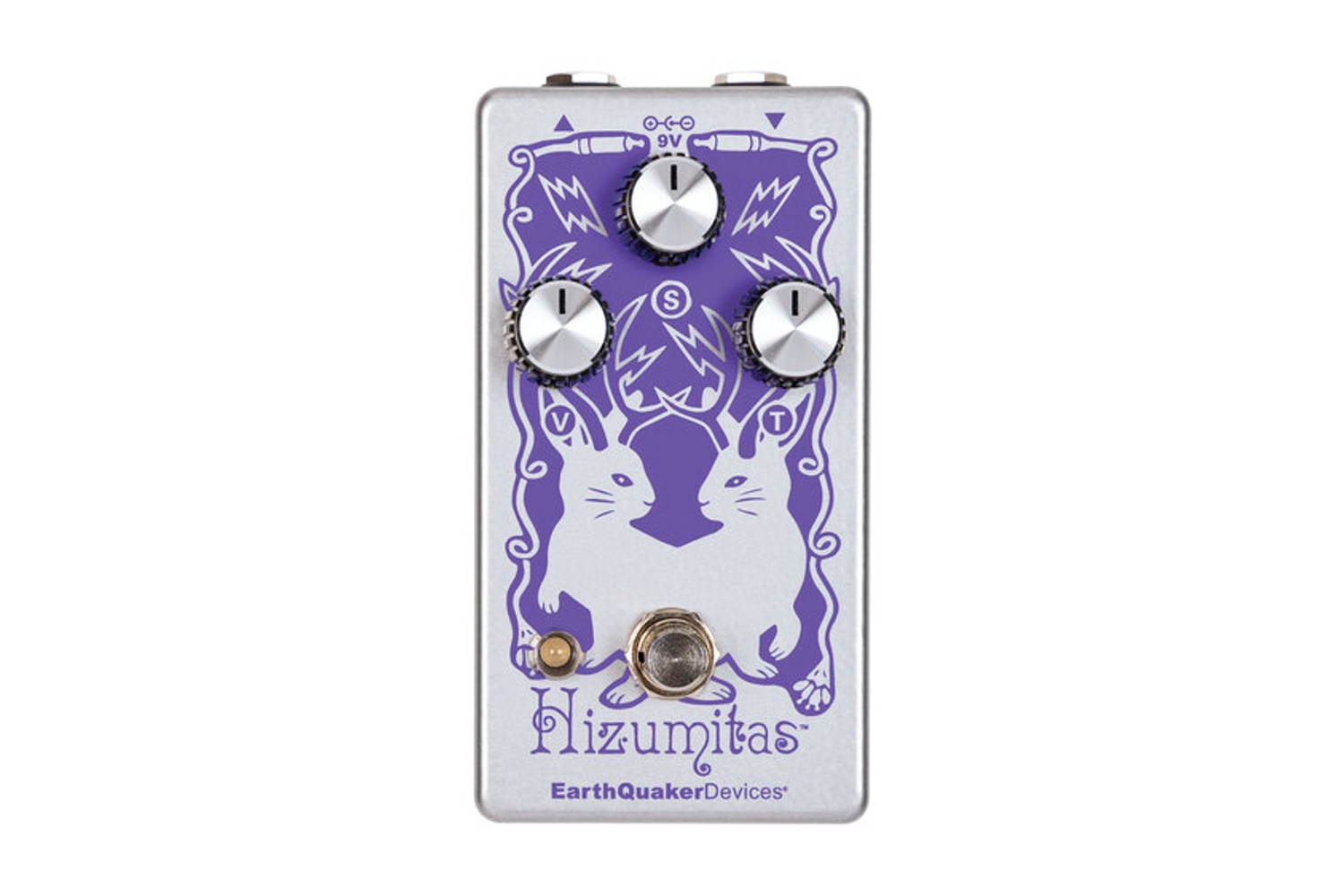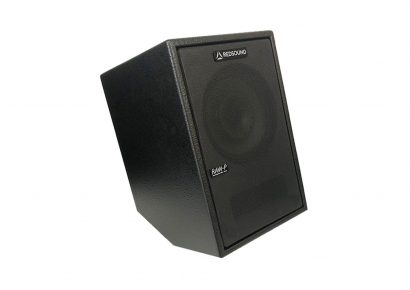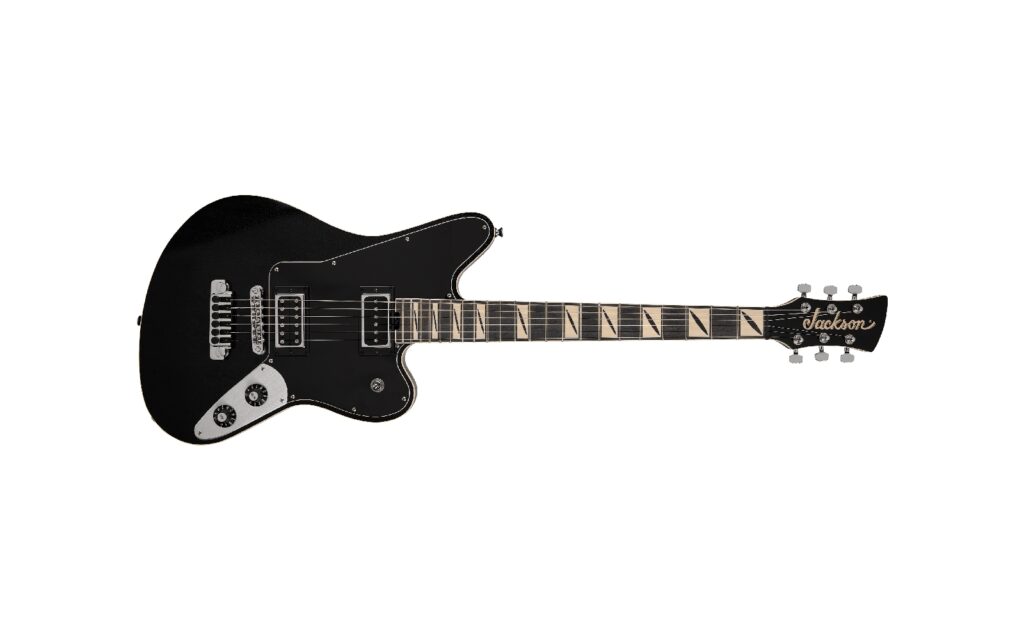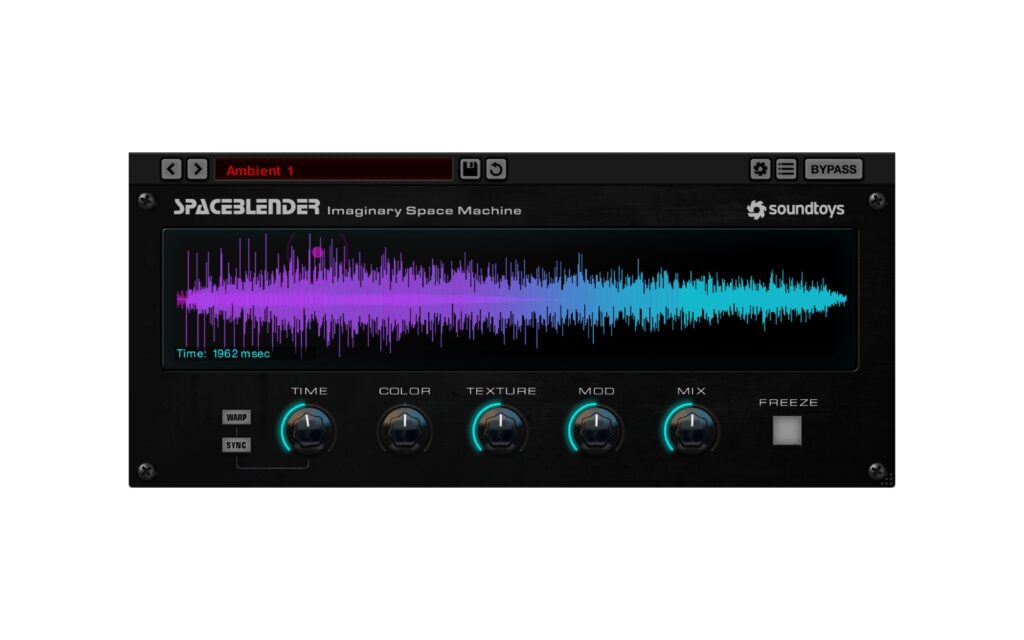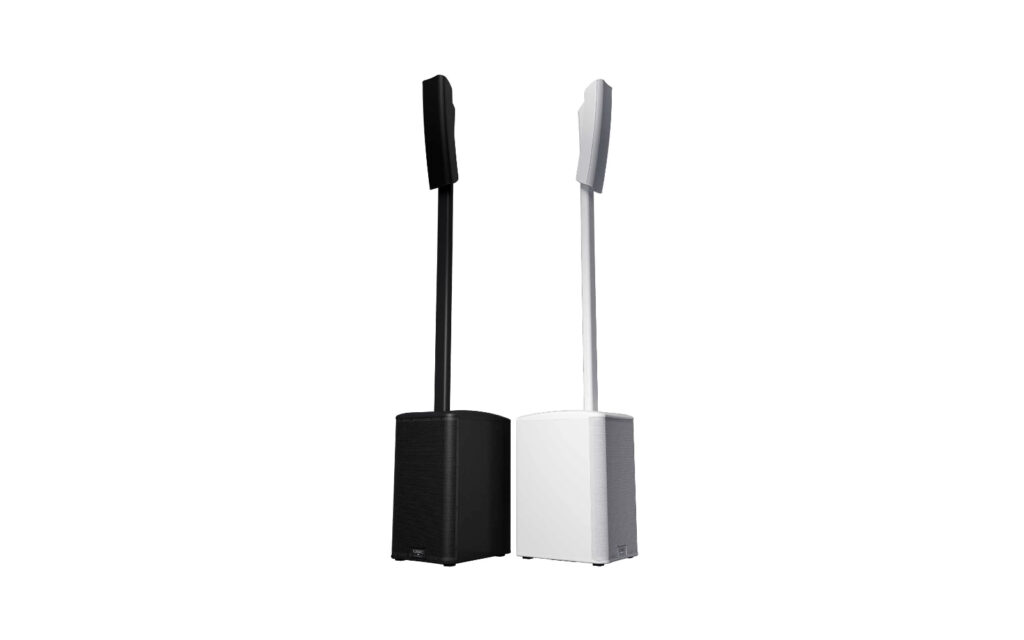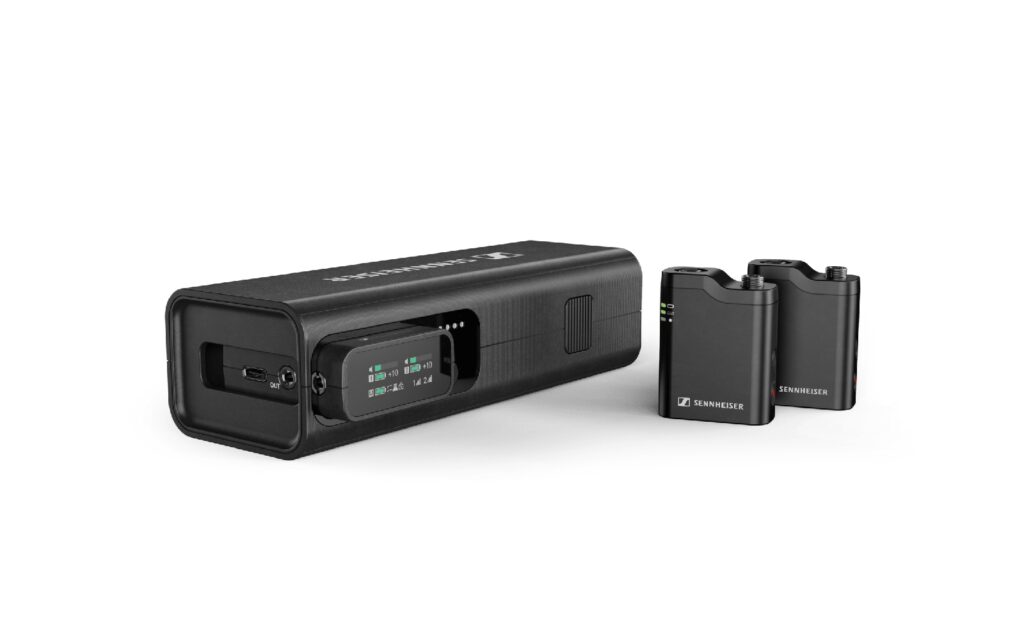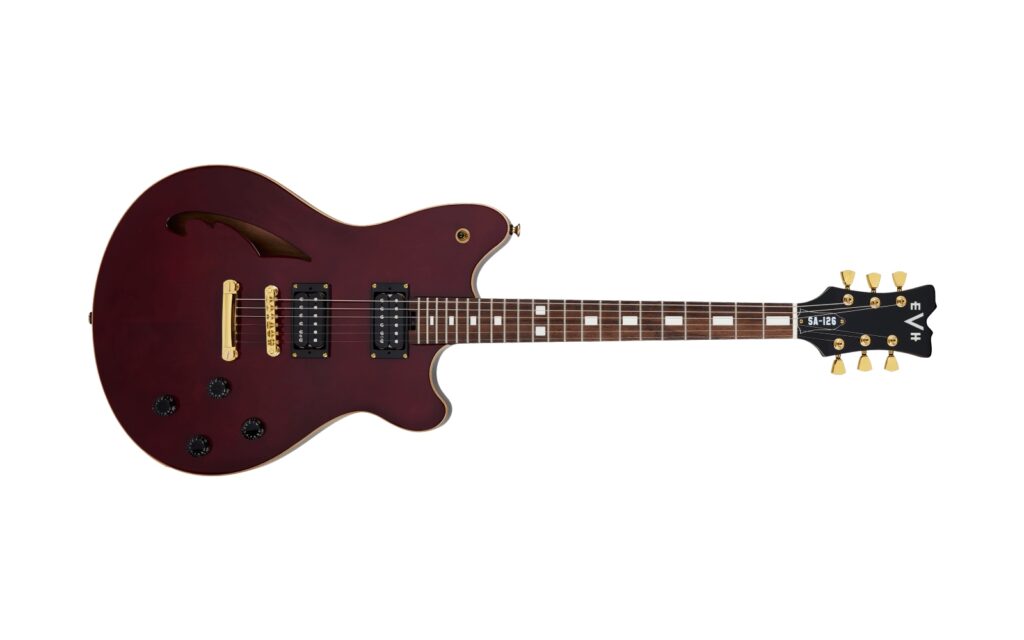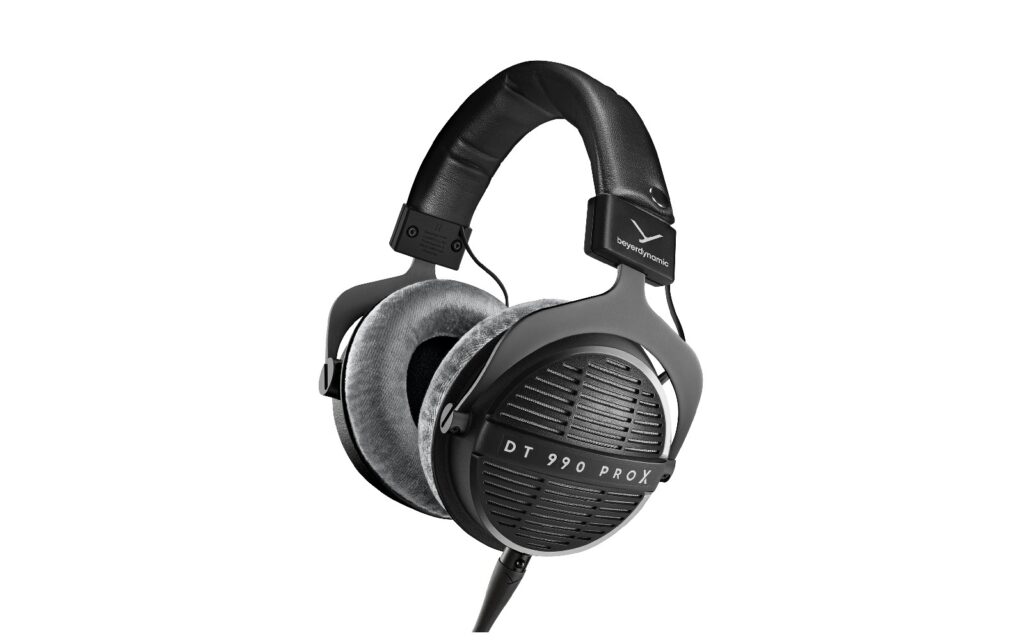Yamaha Music Australia | Expect to pay: $299
I don’t know about you but I love a pedal that doesn’t tell you what it’s for. Think about it: if you see a green overdrive pedal, a blue chorus, a purple flanger, you plug in to that pedal with certain expectations about the sound. It’s just built in to the way we assimilate information about our gloriously noisy calling. But …what’s a Hizumitas? Why are there Jackalopes on the graphic? What do controls labelled simply ‘V’, ‘S’, and ‘T’ even mean when neither the pedal itself nor the packaging tell you what the pedal actually does?!?
So, before even reading a single word about the EarthQuaker Devices Hizumitas, I turned every dial to 12 o’clock, plugged in, closed my eyes, and hit a note.
Ooooh, so that’s what this pedal does. It slams you across the room like Marty Mc Friggin Fly.
Catch up on all the latest music gear reviews here.
Let’s back up a bit. The Hizumitas was designed for Wata from the band Boris, and it actually has a bit of a pedigree. Its design is inspired by the sound of her Elk BM Sustainer, a Japanese version of the Big Muff. EarthQuaker designers got their paws on a whole bunch of such pedals to see what made them tick and what exactly Wata was responding to in those monstrously powerful overtones. Even that was not enough to nail the exact tonality, response, and frequencies, so Wata sent her pedal halfway around the world to be recreated.
Now we have some context for those controls. ‘V’ is ‘Volume’ (okay, that one was pretty easy to figure out), which is at unity at around nine o’clock, so anything beyond that is a volume boost. Good to know if you want to slam the input of a clean tube amp for even more saturation, or just to do boring stuff like set your lead volume. ’S’ is the ‘Saturation’ control, and because of the idiosyncrasies of the circuit, is extremely sensitive to adjustment. The ’T’ control is ‘Tone’, but in this case we’re not talking about a basic treble roll-off; turn it clockwise to boost the bass frequencies, or counterclockwise to boost the treble frequencies.
Let’s get the other tech stuff out of the way before we talk more about the sound. The Hizumitas uses a relay-based true bypass, meaning that while it is definitely true bypass, it does require power to pass signal. It uses a standard 9V DC power supply (no battery) and EarthQuaker recommends pedal-specific, transformer-isolated wall-wart supplies or isolated-output supplies, warning against switching-type, daisy chain, or non-pedal-specific power supplies because of the extra noise they can introduce (it’s also not designed to run at higher voltages so don’t even try, bucko, there’s enough gain in this thing already).
Okay, so back to the whole Marty McFly thing. The Hizumitas sounds huge. No really, it’s almost overwhelming how big your guitar will sound through this little stomper. The treble-enhancing side of the ‘T’ control can do the whole Iommi treble-booster sound (or at least a passable enough version of it that you’ll find yourself playing ‘The Wizard’ for a solid half an hour), with chewy pick attack and plenty of bark. Turn it more towards the centre and you’ll be rewarded with a mid-boosted voicing that works great with bass (and my Bass VI), especially for those who play very bass-led music. Turning the ‘T’ control to the low-end side can make your instrument sound stupidly fat, and the circuit is robust enough that frankly it doesn’t give a crap if you hit it with an active or passive pickup, a six, seven, or eight-string, or a bass while you’re boosting that low end. It can handle it without a sweat. For this reason it’s also lots of fun to use as a recording preamp for distorted bass parts.
But those extremes, as fun as they are (and each could form the basis of a tone that could carry you through an entire set), the sound really comes alive at that ‘all on 12’ setting. We’re talking aggressive saturation yet smooth sustain. We’re talking midrange that punches through the mix and adds an almost ethereal, three-dimensional, ‘different frequencies bouncing back at you from all points in the room’ kind of aura. We’re talking the kind of lead sound that draws attention to itself and inspires you to play more adventurously.
The voicing of the fuzz itself is a great selling point for this pedal, but that unique tone control really caps it off, and there’s a world of variety between the pedal’s gain levels and the flexibility of the tone pot. And while it’s definitely going to be a hit with Boris fans, I’m kinda glad I didn’t know anything about this pedal’s background until after I’d played through it a bit, because while this might be Wata’s signature sound, it has the flexibility and uniqueness to be your signature sound too.
Head to EarthQuaker’s website for more information. For local enquires, contact Yamaha Music Australia.
